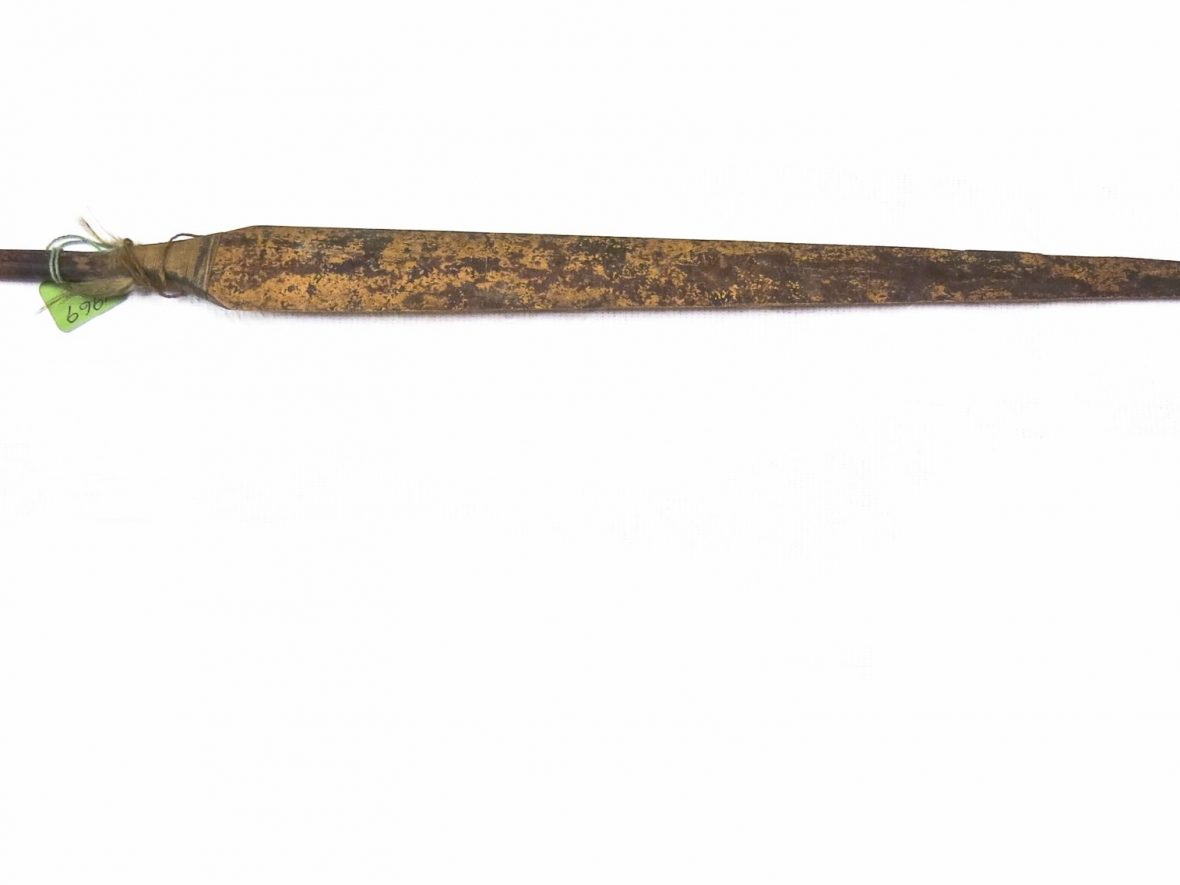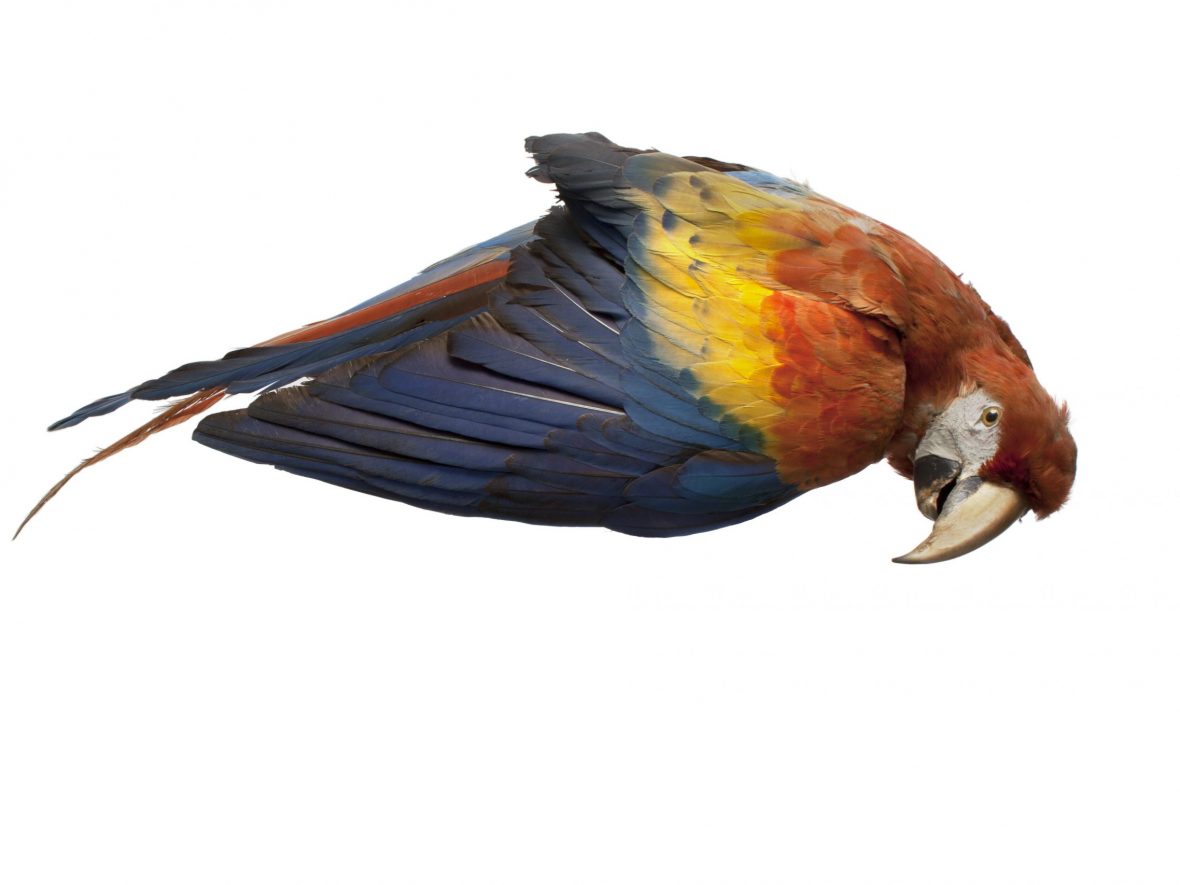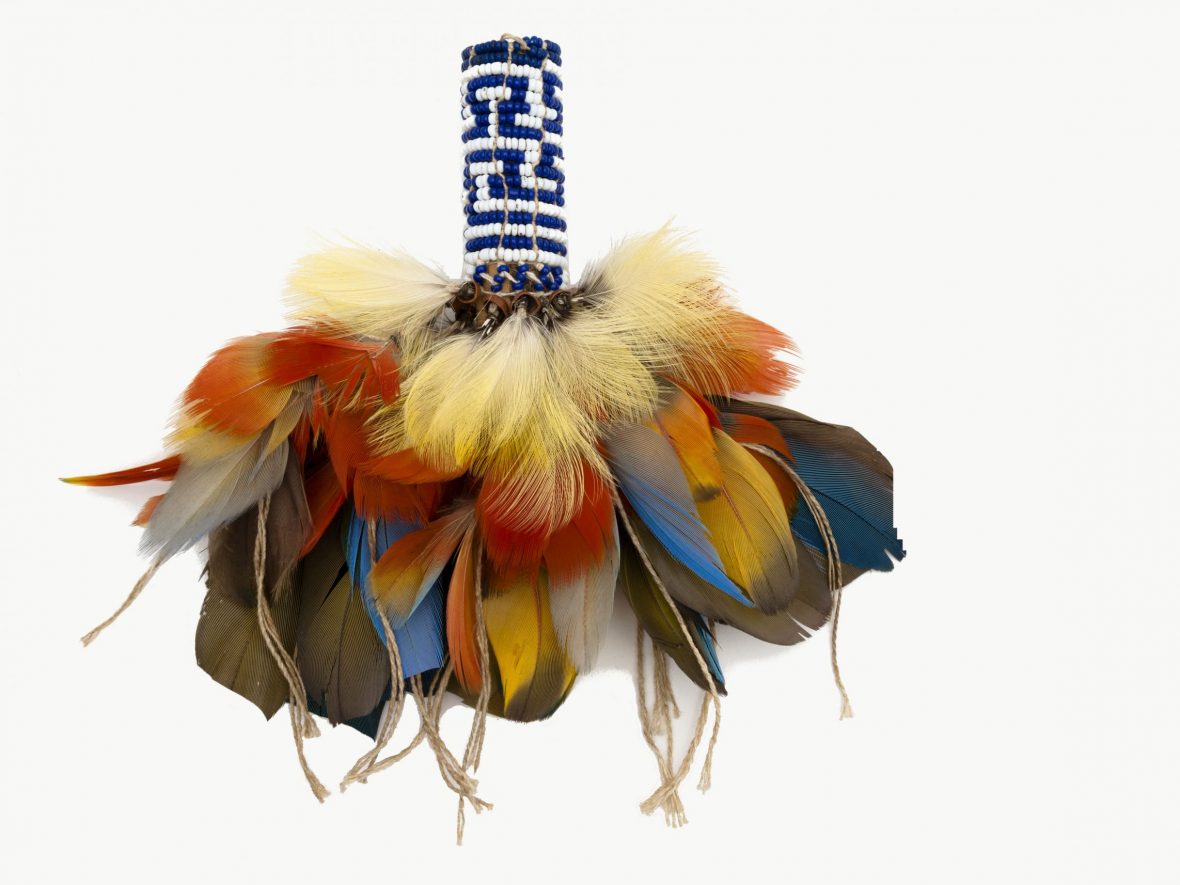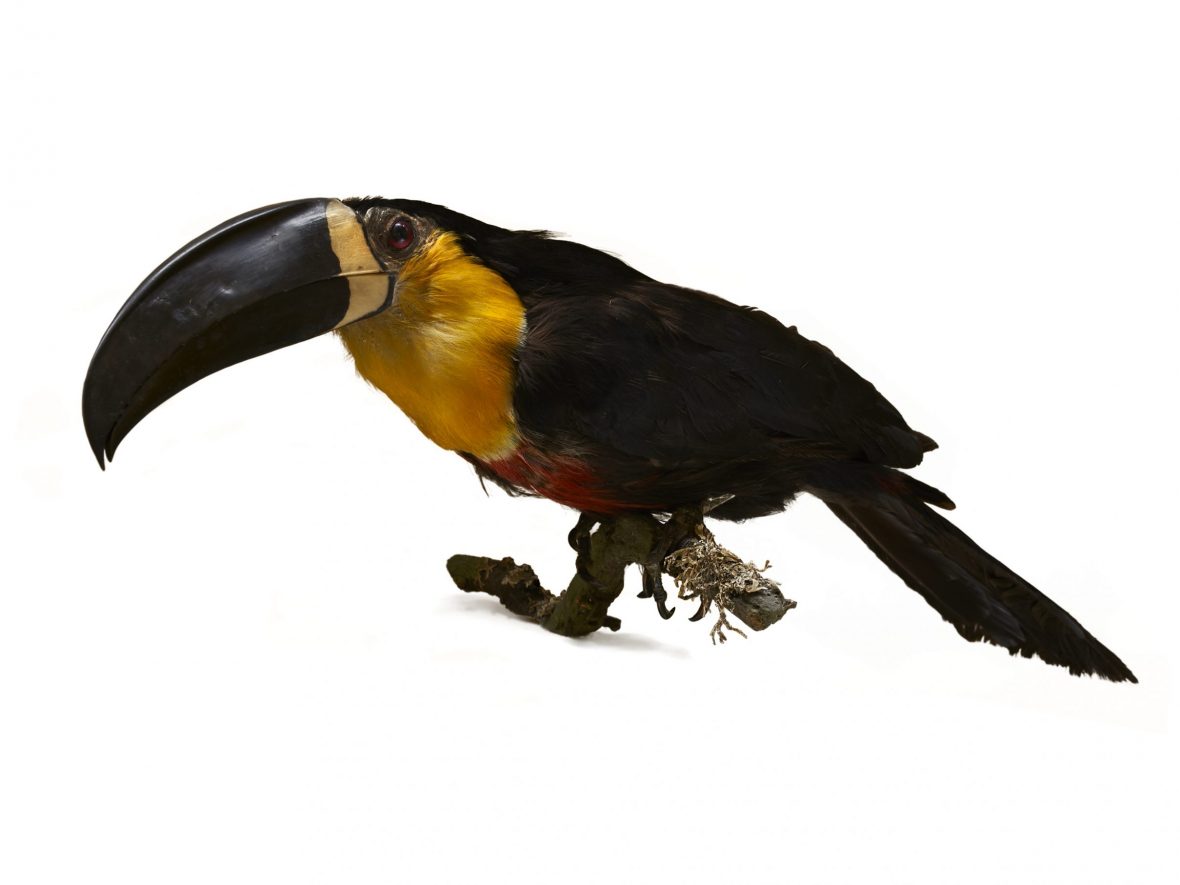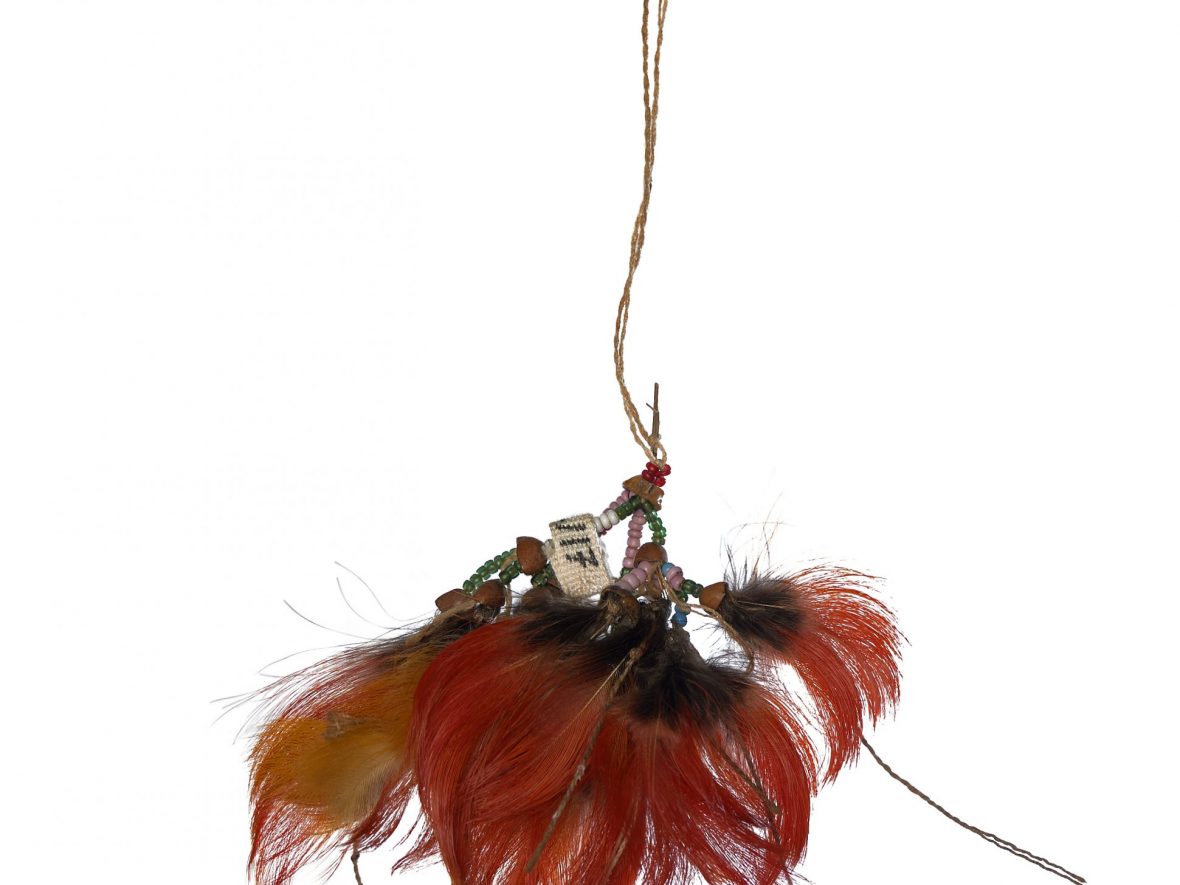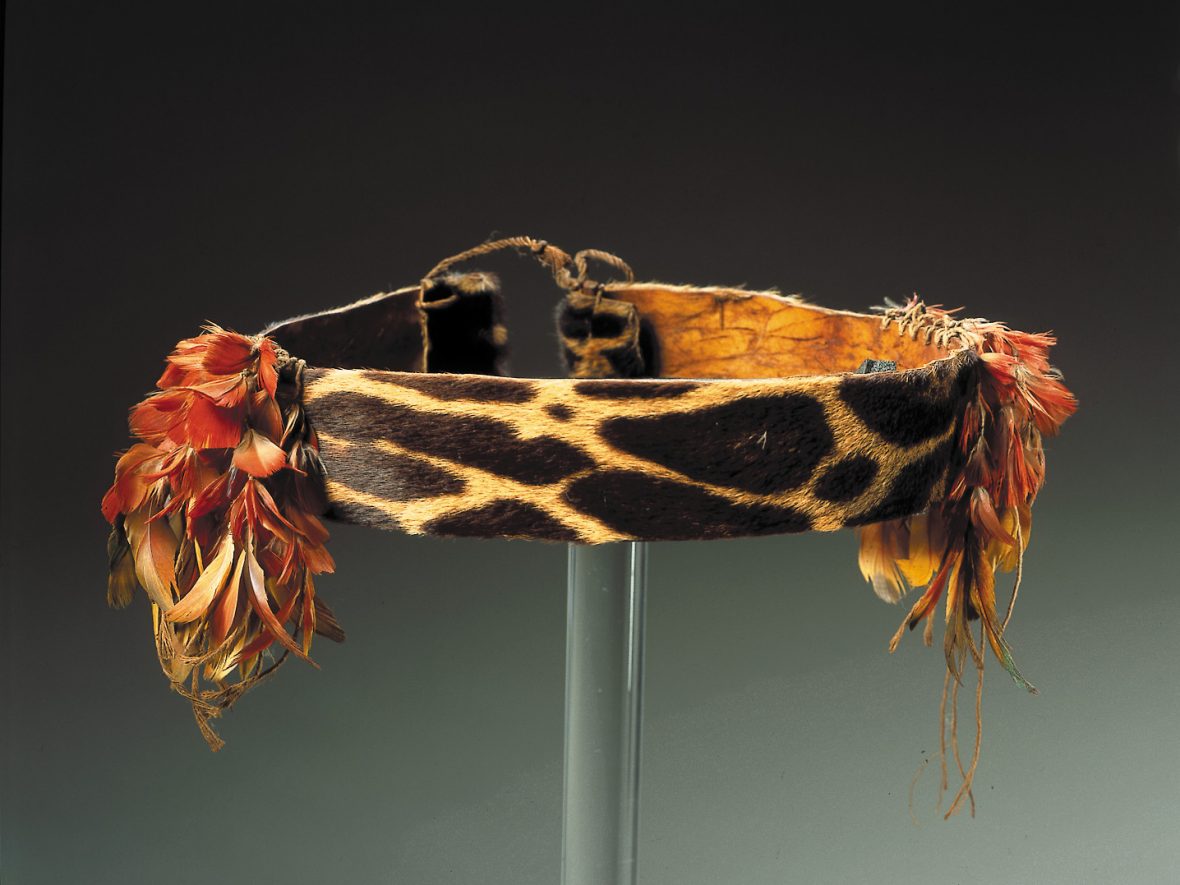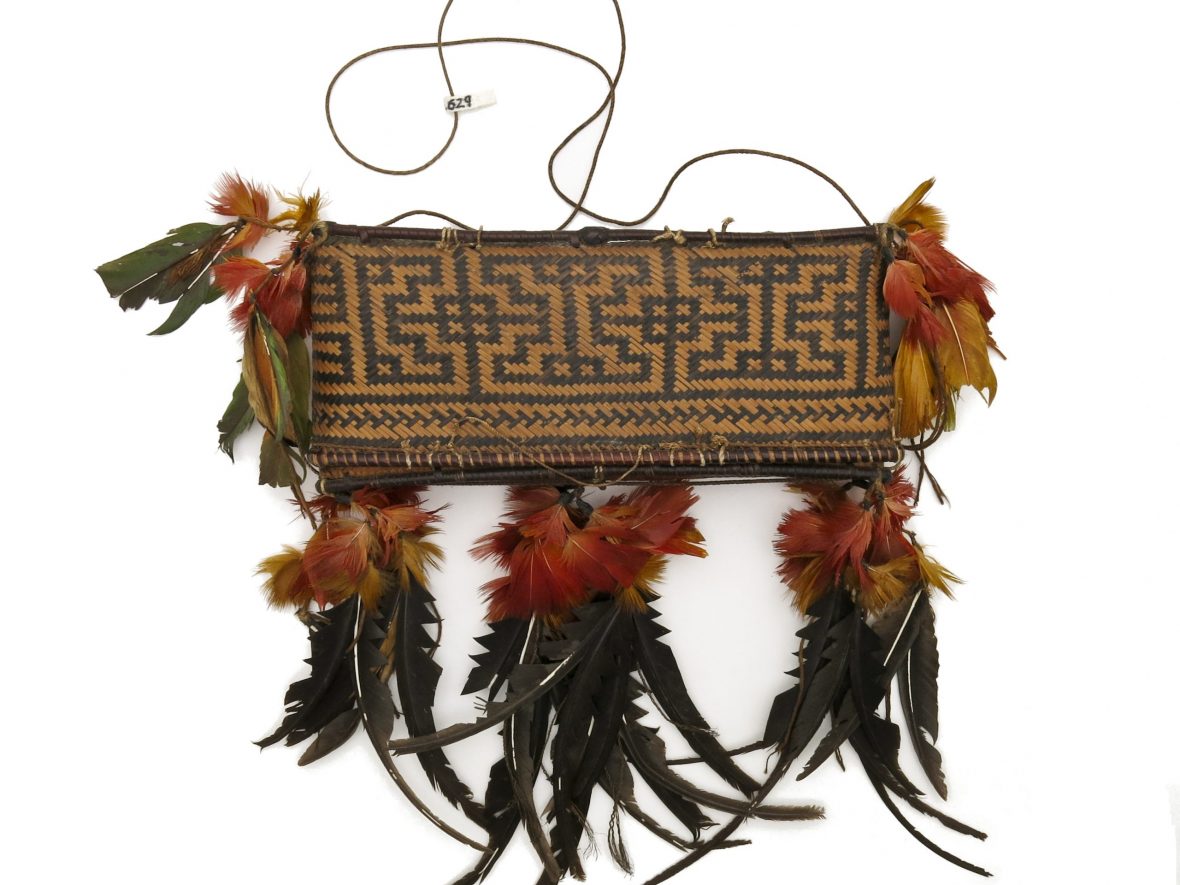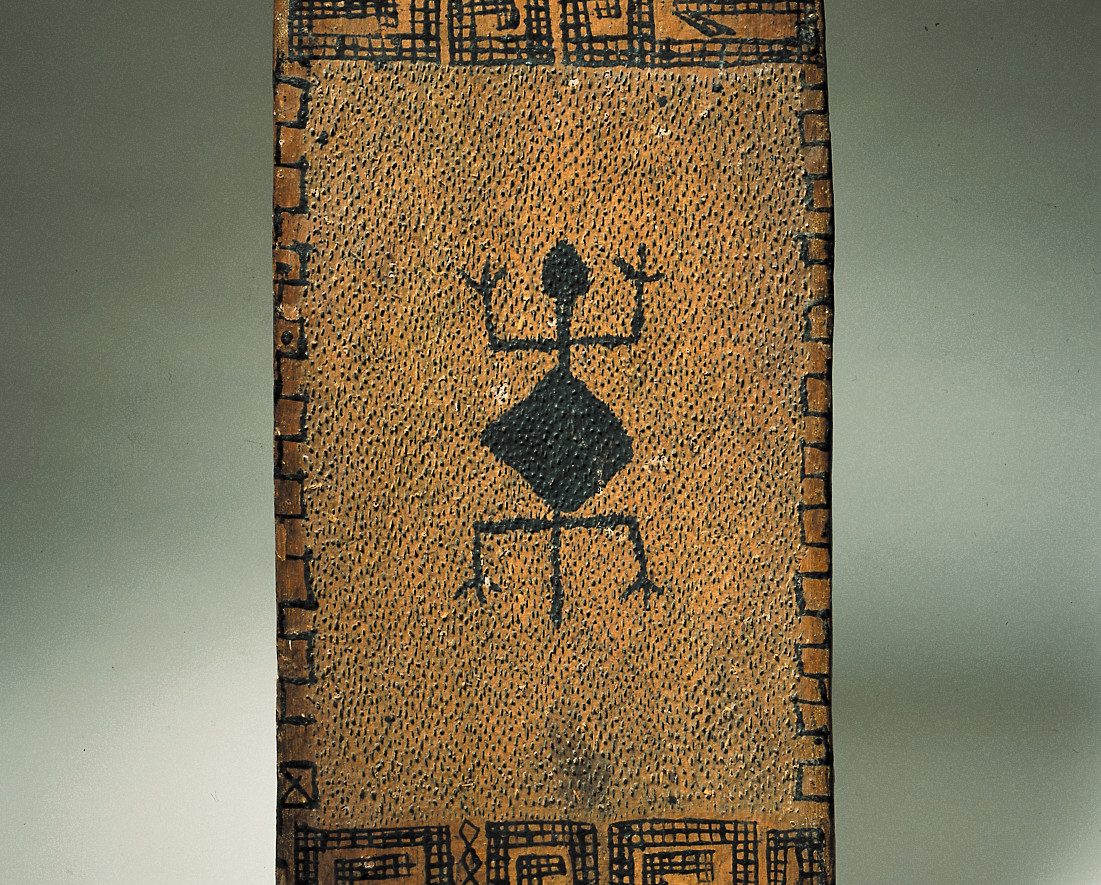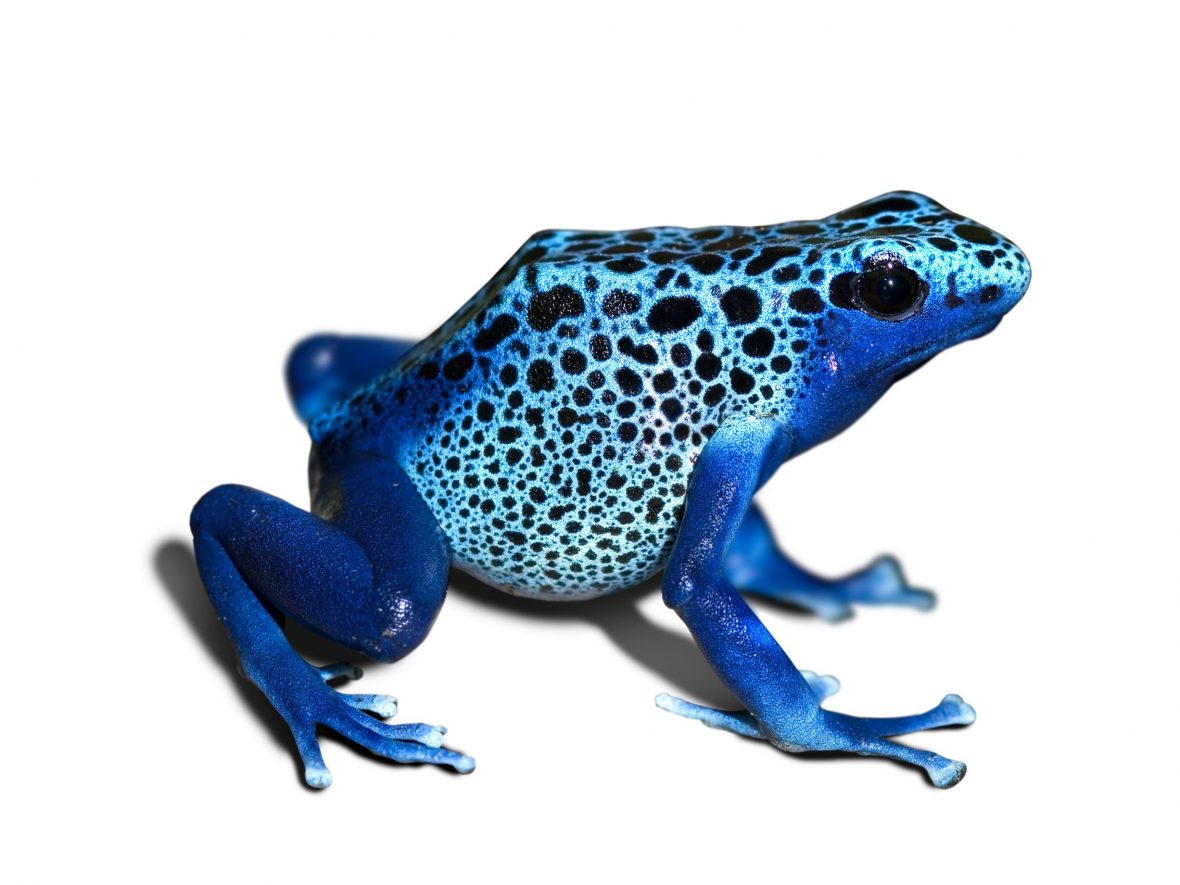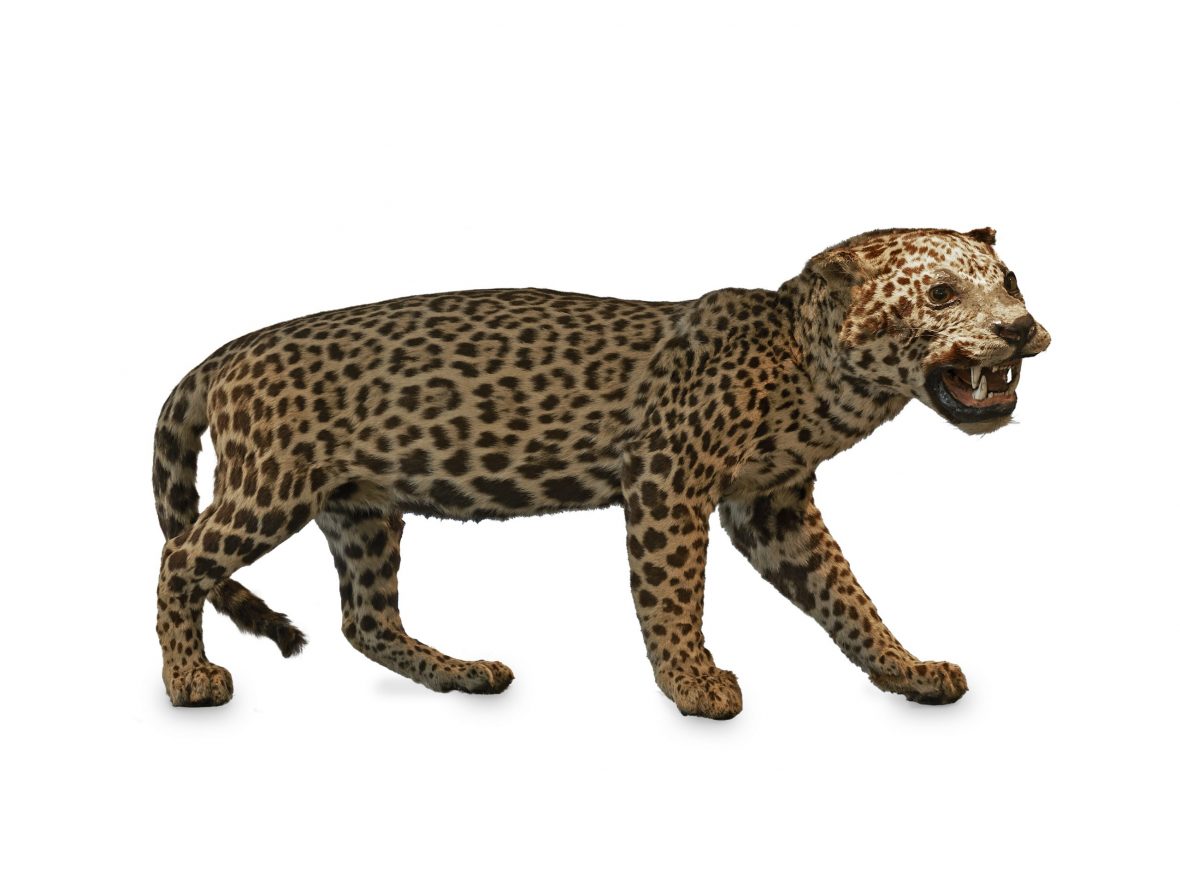Rainforest People
Explore some of our collections related to the Waiwai people who live in the rainforest, at the Horniman – download the resources below, or, if you would like to make your own trails or worksheets tailored to your visit many of the images and text below and in our other resources can be easily copied and pasted to your own design.
- Perhaps use images from objects located in different galleries and in the gardens to create a challenge or simple trail through the Museum to find specific objects or places.
- Use object images to encourage independent research, for instance, find out and write down three facts about an object or group of objects. Alternatively, give facts or clues and challenge your pupils to identify mystery objects.
- Set an alphabetical challenge to find or draw 26 objects one for each letter of the alphabet.
- Create a sketchbook challenge.
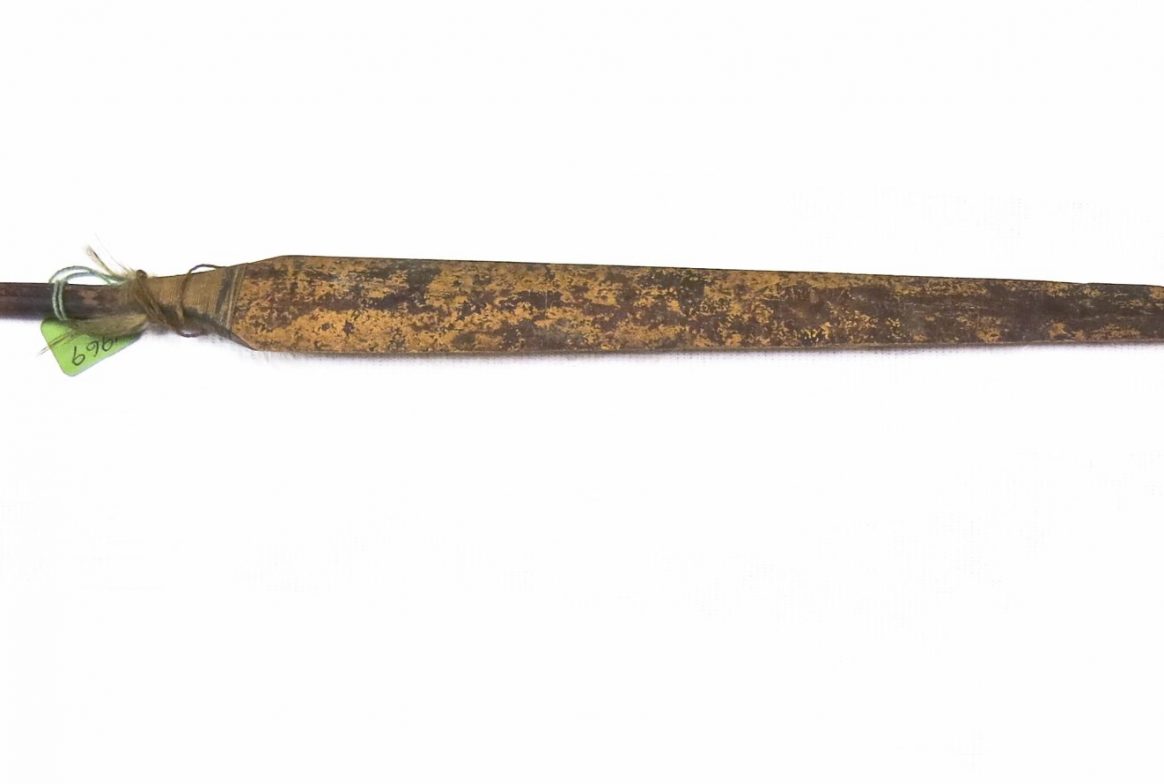
Poison arrow
The Waiwai only hunt and kill what they need, and food is shared with the community. They believe that the animals are a gift and that the animal gives their life to the hunter. Animals are not killed unnecessarily or wasted.
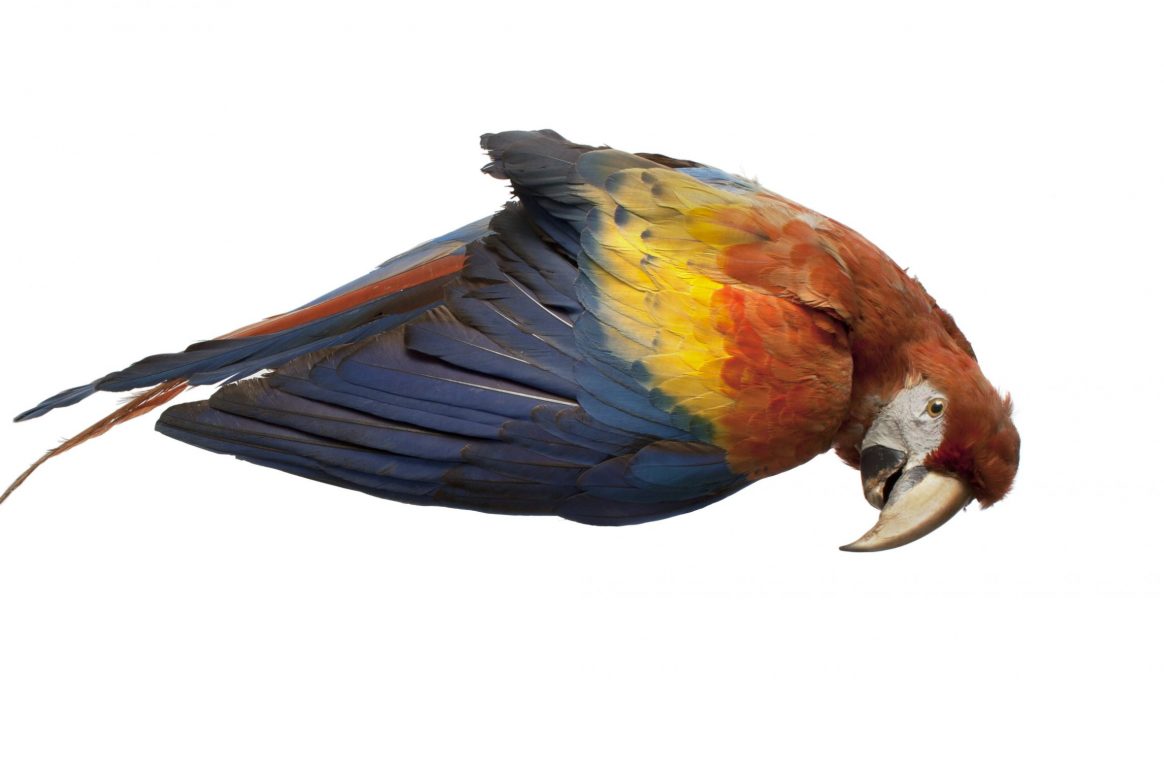
Scarlet Macaw
Scarlet macaws are parrots that are well suited to living in a rainforest habitat. They have large, powerful beaks that easily crack nuts and seeds. They also have gripping toes that they use to latch onto branches and to grab, hold, and examine items.
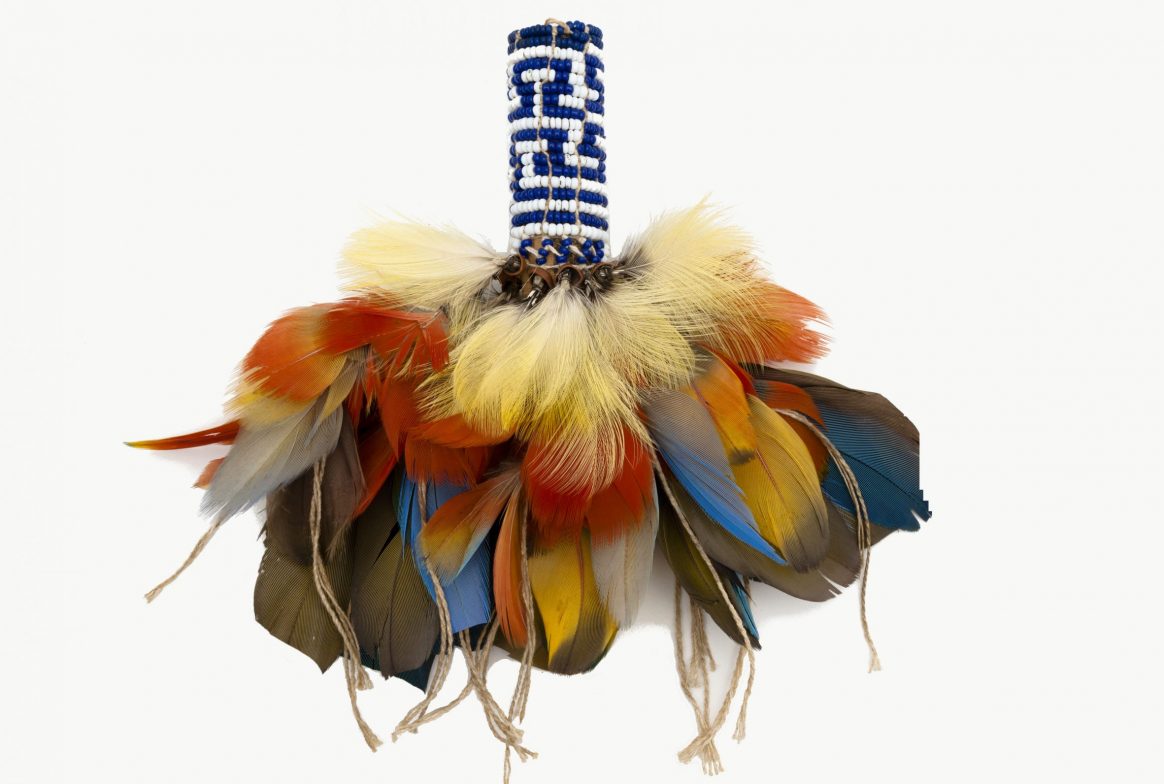
Hair tube
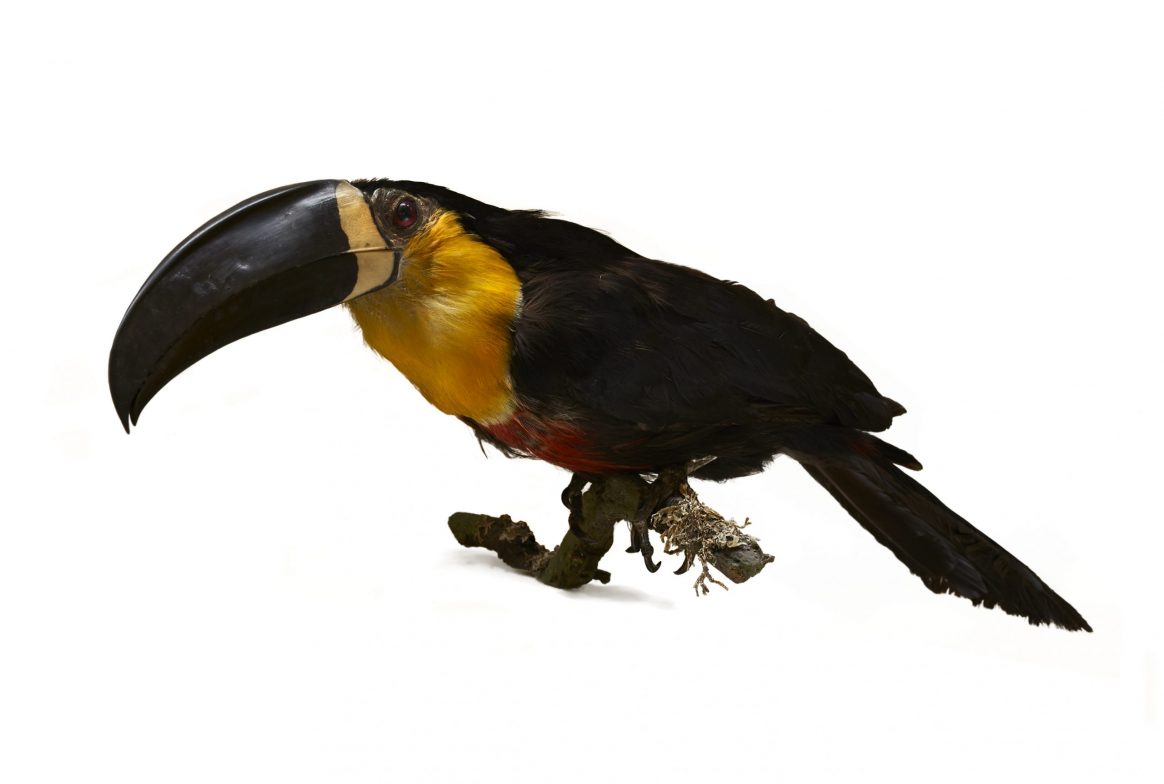
Toucan
The Waiwai have used toucan feathers to decorate objects such as hair tubes and headdresses.
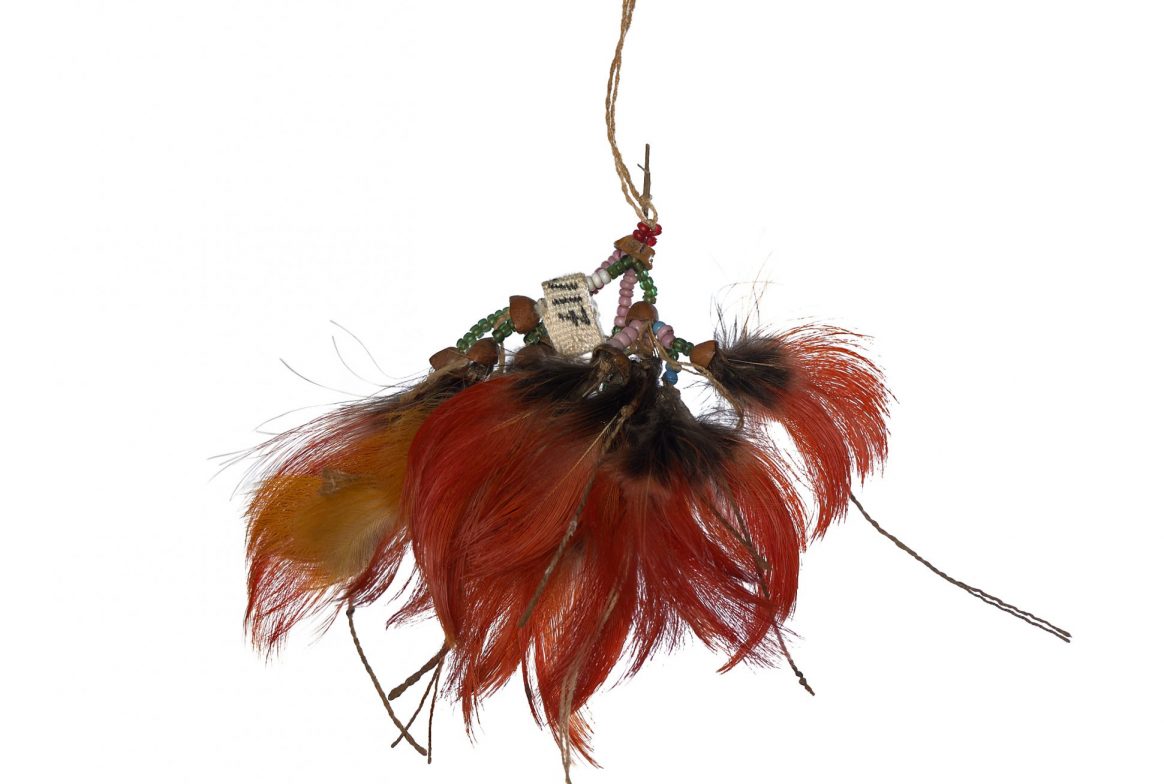
Lip ornament
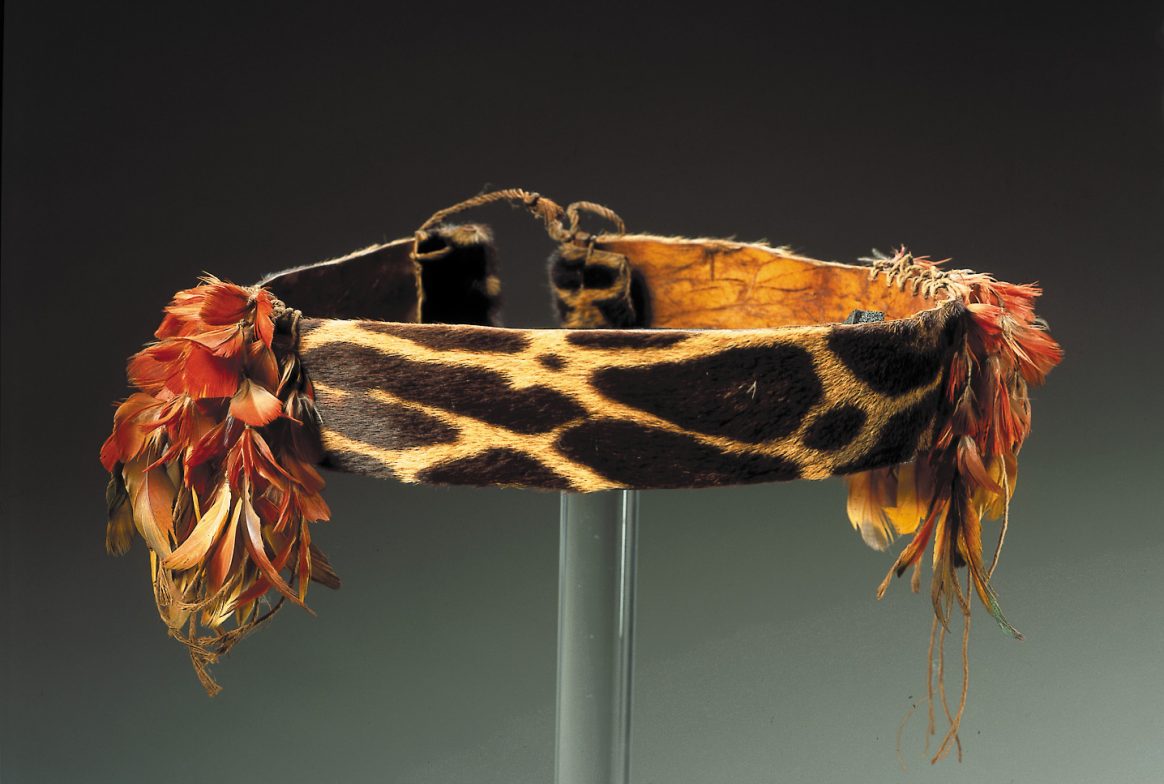
Belt
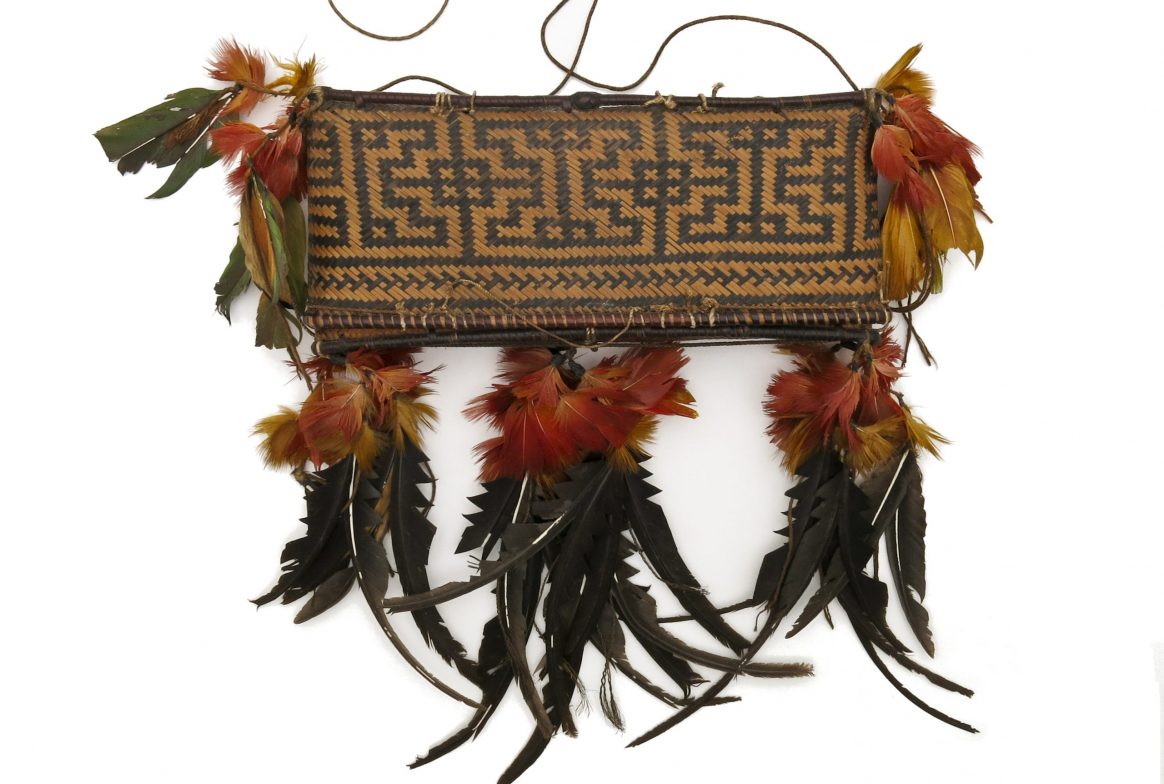
Basket
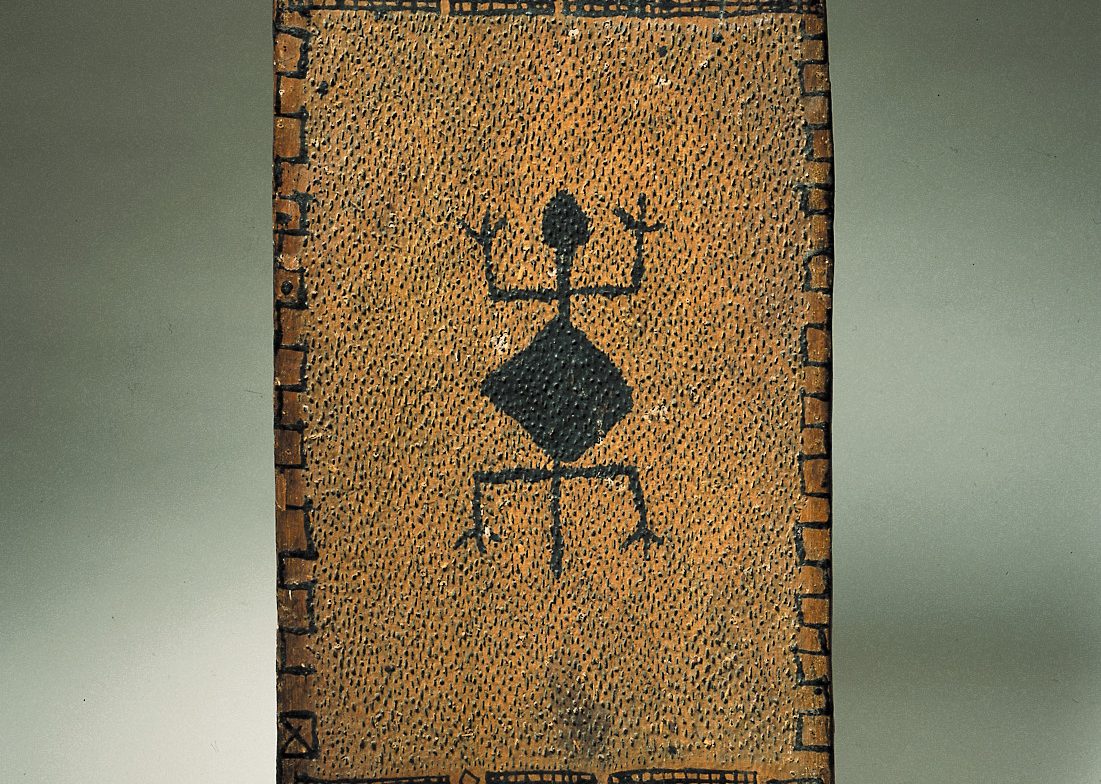
Cassava grater
This is a cassava grater made and used by the Waiwai people. It would take a long time to make, as tiny sharp stones had to be placed into small holes in the wood, and then sticky tree resin is applied to hold everything in place. Mechanical graters are now replacing these traditional ones. Once the cassava has been grated it is then placed in a squeezer to drain out the poisonous juices. Then the washed and dried cassava is used to make flour, which can be baked into large flatbreads.
Which rainforest animals do you think are painted on this object?
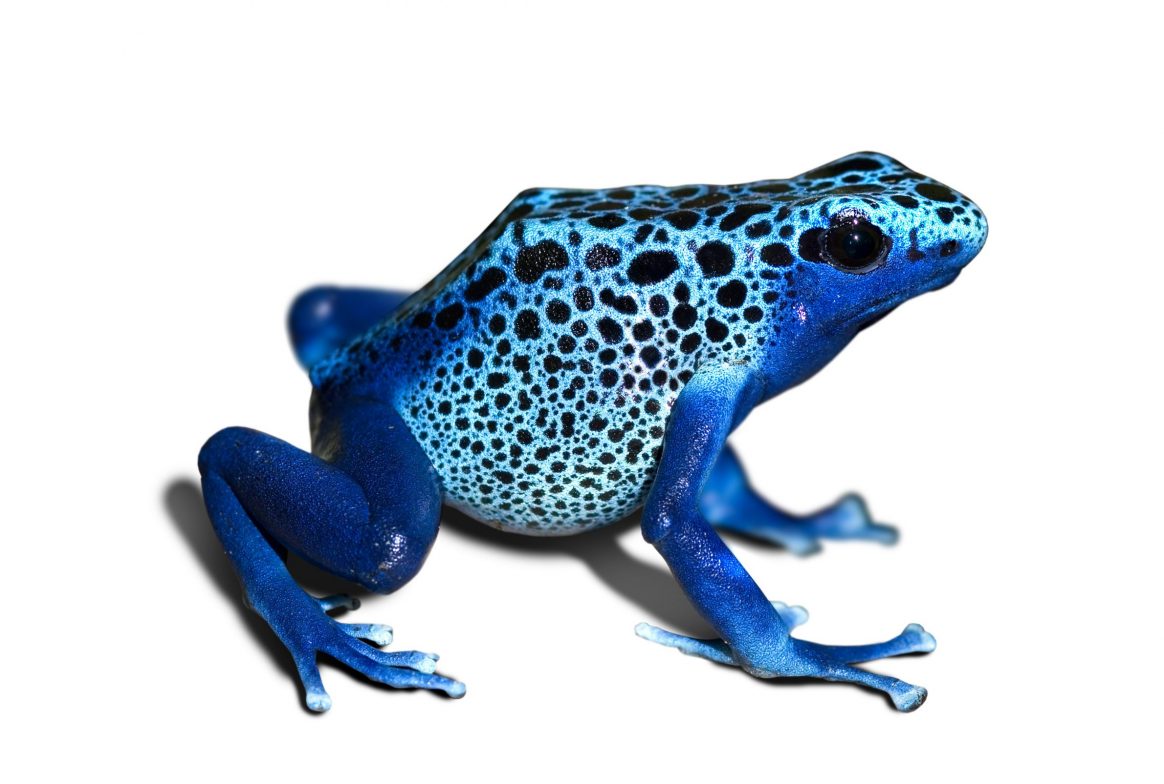
Poison frog
The poison in these tiny frogs comes from their diet of ants, centipedes and beetles. So poison frogs in captivity are not poisonous, as they have a different diet to the wild. Today some types of poison frogs are endangered due to the loss of their rainforest habitat.
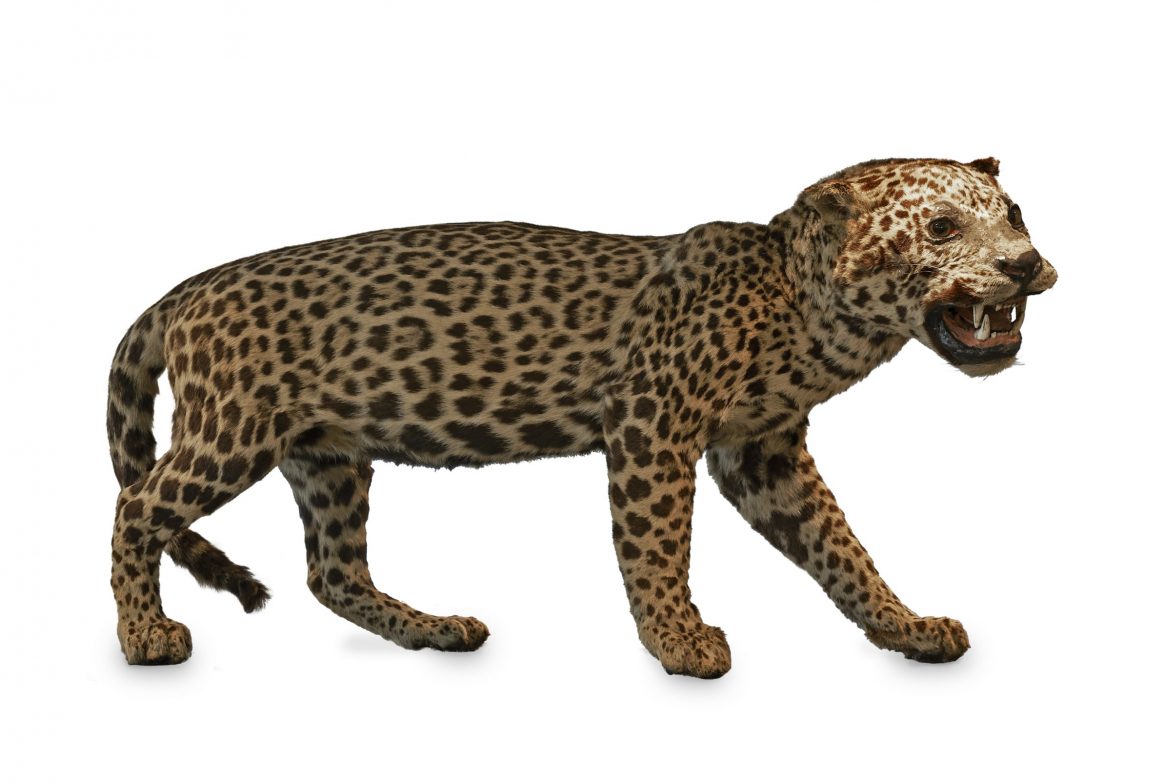
Jaguar
The jaguar is an important animal to many groups of people in South America. Jaguar skin was used to make belts to wear at important ceremonies and the teeth used to make necklaces.
The main threats to jaguars are humans hunting them for their skin, and loss of their rainforest habitat.
